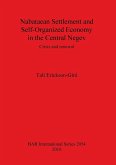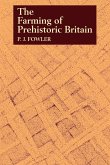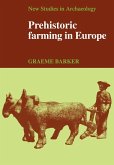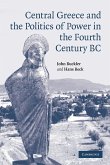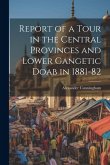The Neolithic Çatalhöyük (c. 7400-6000 cal. BC), in the Konya Plain of Central Anatolia, was made famous by the excavations of James Mellaart in 1960s, who uncovered remains of a large, pueblo-like agglomeration of houses ('the world's first city'). Renewed excavations at the site over the past twenty years have used a range of current recovery techniques, including systematic sampling of archaeological deposits for archaeobotanical remains. The archaeobotanical recovery programme represents a unique opportunity to directly investigate the socio-economic underpinnings of an early 'town' community through the lens of crop husbandry and plant use. In this book, new archaeobotanical evidence from the early-mid Neolithic sequence of Çatalhöyük (c. 7400- 6500cal BC) is presented and used as a basis for investigations into the nature and scale of crop cultivation at the site. The results shed light on the economic and social role of agricultural production at a large long-lived Neolithic village, and its implications for issues such as settlement location, residents' mobility, crop cultivation productivity and long-term sustainability.
Hinweis: Dieser Artikel kann nur an eine deutsche Lieferadresse ausgeliefert werden.
Hinweis: Dieser Artikel kann nur an eine deutsche Lieferadresse ausgeliefert werden.


